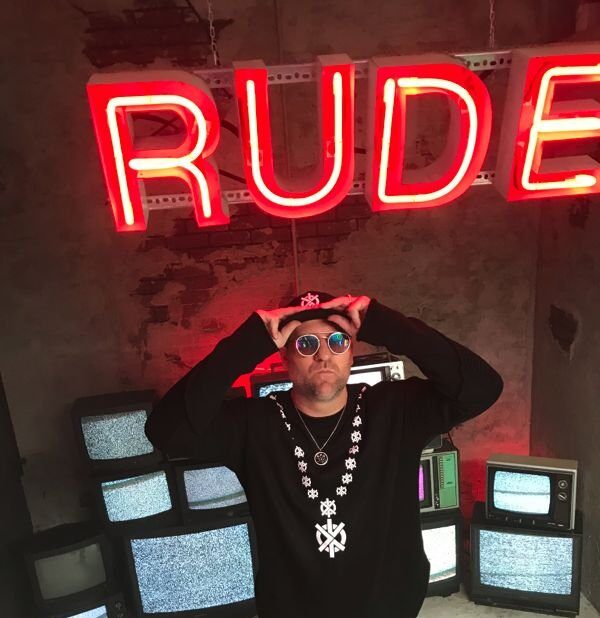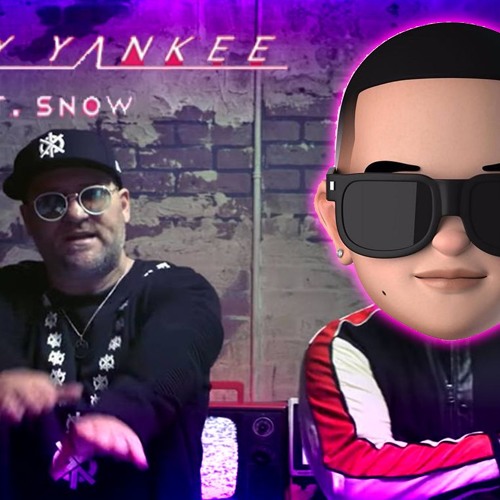

At some point, Snow came to the attention of Queens rapper MC Shan.

The two of them met in 1988, when Snow was a teenager, and they worked on music together for a few years. When Snow first started playing around with reggae, his closest friend was a Jamaican-born DJ named Marvin Prince.

(Another version is that Snow stands for “Superb Notorious Outrageous Whiteboy,” which is even funnier.) According to some versions of the story, Snow got his stage name because some of his Jamaican friends started calling him Snow White, which is objectively extremely funny. He started trying to sing reggae himself, adapting a fake patois. But when Snow learned about reggae from his new neighbors, he fell in love. O’Brien had mostly grown up on rock music he loved Kiss in particular. But when Canadian Prime Minister Pierre Trudeau changed Canada’s immigration policy, Toronto became one of the world’s most diverse cities, and O’Brien’s neighborhood became a whole lot more West Indian. (When O’Brien was born, the #1 song in America was the Temptations’ “ I Can’t Get Next To You.”) O’Brien was a working-class Irish kid, and when he was young, Scarborough was a working-class Irish area. For Snow, it was serious.ĭarrin O’Brien, the man who would later be known as Snow, grew up in a housing project in the Toronto suburb of Scarborough. “Licky boom-boom dem” just sounded funny. Most of the kids who listened to “Informer” had no idea what that meant. The “licky boom-boom dem” bit on the chorus is Snow saying that he’ll find and kill, or at least beat up, the person who snitched on him. “Informer” is a song about violent crime. It wasn’t just the accent it was the language, too. When MTV played the “Informer” video, they added subtitles, and those subtitles definitely didn’t help things. That kind of fast-chatting patois simply did not exist on pop radio. When “Informer” came out, the standard joke was that nobody had any idea what Snow was saying. (The British reggae singer Maxi Priest’s 1990 chart-topper “ Close To You” was at least partly inspired by dancehall, but it wasn’t straight-up dancehall like “Informer.”) Snow must’ve looked like the man who would kill dancehall through pure silliness. Devotees of dancehall must’ve been baffled and horrified to see Snow suddenly surging to #1. It was popular in clubs and sometimes on rap radio, but it never threatened pop dominance. Before “Informer,” dancehall was essentially an underground phenomenon. Snow’s stage name emphasized his whiteness, and it practically demanded Vanilla Ice comparisons. The idea of a white guy - a Canadian white guy, no less - sing-rapping in patois was sheer novelty in 1993, and the weirdness was probably part of the appeal. The entire story of the man known as Snow looks different at a distance. In 1993, when the first dancehall record ascended to the top of the Hot 100, it was a white guy who made the record. But rappers and dancehall deejays had been collaborating since the early years of both genres. Dancehall toasting and rapping were never the same thing patois-heavy toasting was more melodic and improvisational. (Kool Herc, the Bronx DJ widely credited with inventing hip-hop, is a Jamaican immigrant, and he essentially kicked off an entire cultural revolution by adapting the soundsystem culture to American music.) In the ’80s, rap and dancehall evolved along parallel lines, aided in part by the development of sampling technology. The two genres share a common ancestor in Jamaica’s soundsystem culture. Rap and dancehall reggae have always had a lot in common.

But in March of 1993, the same thing happened all over again. By the spring of 1993, Vanilla Ice had basically become a cultural punchline, and rap music had moved on. In a genre that had always been predominantly Black, this was a troubling development - a message that pop radio would only truly embrace rap music if it came with a white face attached. In 1990, Vanilla Ice’s “ Ice Ice Baby” became the first rap song to top the Billboard Hot 100. How did this happen again? How was this even possible? History barely took two years to repeat itself. In The Number Ones, I’m reviewing every single #1 single in the history of the Billboard Hot 100, starting with the chart’s beginning, in 1958, and working my way up into the present.


 0 kommentar(er)
0 kommentar(er)
